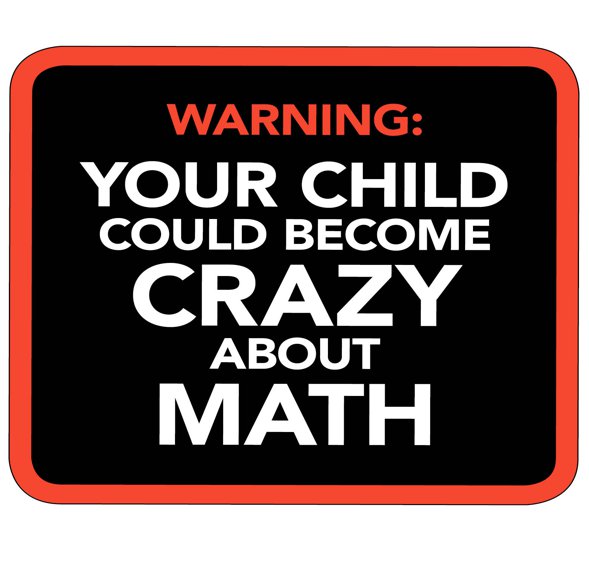Every year around this time, not so coincidentally about when students start getting into the 6s, 7s, and 8s, I receive more phone calls than normal from parents of 3rd and 4th-graders.

“My daughter is struggling with multiplication and she just doesn’t seem to be able to memorize them. We’ve tried singing songs, we’ve tried flash cards, we’ve tried everything.”
“My son doesn’t understand how to do the new math and, frankly, neither do I. Why can’t they just memorize the facts like I did when I was in school?”
Parents are caught off guard when, after sympathizing with the admittedly frustrating situation they have on their hands, I start to ask them about addition and subtraction facts. Would 81-9 be a gimme for your child? Would they immediately know 24+8=32?
Nine times out of ten the answers to the questions above become immediately clear when I begin to work with a child. Therein lies the heart of the problem for students who struggle with multiplication “facts” as we often call them: Multiplication is repeated addition, and until your child knows how to add and subtract fluidly, they will not truly know how to multiply.
Once your child knows how to add and subtract fluidly without counting by ones, there are some tricks we teach our students which they find to be extraordinarily helpful:
1. Skip Counting:
We have children count by a number starting at zero. This skill is easy to practice at home and, when written down, follow up questions such as “So, how much is 7, 6 times worth?” provide great extensions to help kids get the meaning of multiplication.
2. Adding 10 First:
Skip counting works great when it comes to small numbers, but what about bigger numbers? One trick we use is to teach kids to add 10 first for the 8s, 9s, 11s, and 12s. Since 9 is 10-1, we could go up 10 and down 1. Kids enjoy getting fast at this and if you call it a trick, it’ll feel like a trick! Obviously, you will want to ensure your child sees the pattern with adding 10 to a number changing only the 10s place value.
3. Multiplication is Repeated Addition:
When kids at Mathnasium are introduced to multiplication, we rarely use the phrase “five times three.” Instead, we say “What is five, three times?” Phrasing it this way gets kids into the mindset of multiplication as a process rather than a fact. They might not know 5 times 3, but they can often respond “five, ten, FIFTEEN!” when asked what five, three times is.
4. Launching Points:
Once children have developed a good understanding of multiplication as repeated addition and “memorized” some of their multiplication facts, we start to prompt them to reason as follows:
“If five 5s is 25, then six 5s is 25 plus another 5. So six times five is 30.”
“If ten 8s is 80, then nine 8s is 80 take away an 8. So nine times 8 is 72.”
We can begin to use known multiplication facts as launching points to discover other multiplication facts. To see how powerful this is, consider whether you know how much 12, 13 times is off the top of your head? Good luck!

About Alex Guppy
Alex Guppy is the owner of Mathnasium of Chattanooga and Mathnasium of Hixson. Between his two centers, he is responsible for the education of over 200 students in Hamilton County who attend nearly 2,000 individualized math lessons per month. In his free time, he enjoys rock climbing, drinking oolong tea, and reading.

















